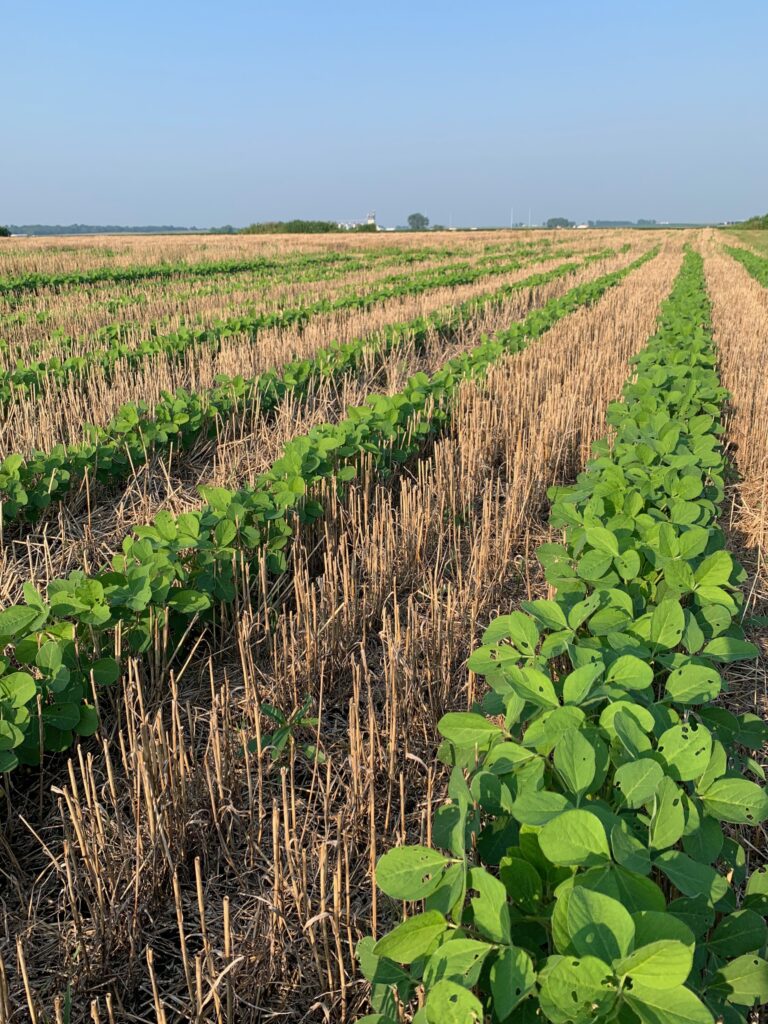The annual Double Crop Farmer’s Forum was held January 2023. The event, organized by the Illinois Wheat Association (IWA) with support from Illinois Soybean Association and other sponsors, discussed nearly all aspects of wheat production with a special emphasis on improving wheat yield and profitability of the wheat double-crop system. The day began with a diverse panel of wheat growers who talked about some specific changes they have implemented to improve the success of their wheat-double crop soybean operations. After the panel, the program continued with a series of experts in agronomy, climatology, crop insurance, and economics. Eminent wheat agronomists, Dr. Dennis Pennington from Michigan State University and Dr. Chad Lee from the University of Kentucky, shared sound advice on wheat management backed by robust data from farmers’ fields and carefully designed experiments.

Dr. Jessica Rutkoski
As one of the attendees, I was eager to learn the current trends in wheat production practices and the factors that may limit the profitability of wheat double-crop soybeans in our region. While I learned a lot about a wide range of topics, the 5 key things that I took home were:
- Seeding rates in wheat beyond 1-1.2 million seeds/acre are not likely to provide a significant bump in yield, on average, unless you are planting much later than the ideal planting date.
- Yield potential is higher with narrower row spacing. On average, yields will be better with a standard 7 or 7.5 inch row spacing compared to 15-inch row spacing, but in some years there is no yield difference between the two. Some growers opt for 15-inch rows because doing so can eliminate the cost of buying and maintaining a drill.
- Precise seed spacing, also called singulation, can increase yield. The only problem is that wheat seed singulators only work at very slow speeds. Perhaps as technology improves, singulation will become possible.
- Spring freeze events are always possible and can reduce yield when they occur. Robust research on the effects of spring freeze events on yield has not been conducted in our region. What we do know is that the timing and the duration of the freeze matters.
- Finally, I learned that adding wheat to ones’ rotation for the first time and making it profitable can be a significant challenge, but with some experience and knowledge gained from IWA members and events, it can be done.
Personally speaking, as a wheat breeder and Assistant Professor at the University of Illinois, the Double Crop Forum was a great excuse for me to break away from routine and focus on understanding wheat production practices and challenges in our region. With this understanding, I hope to develop wheat lines and research projects that can better fulfill the needs of the current and future wheat growers of Illinois.




 and then
and then